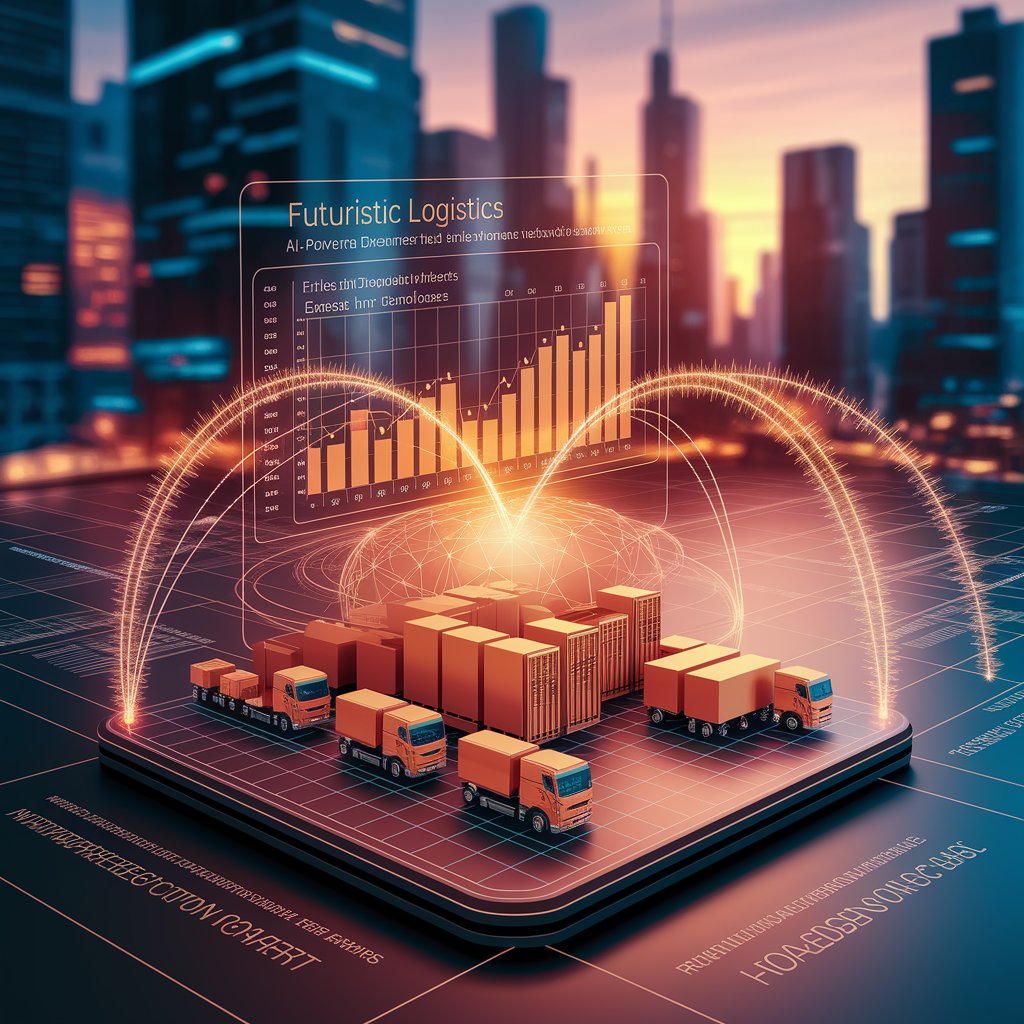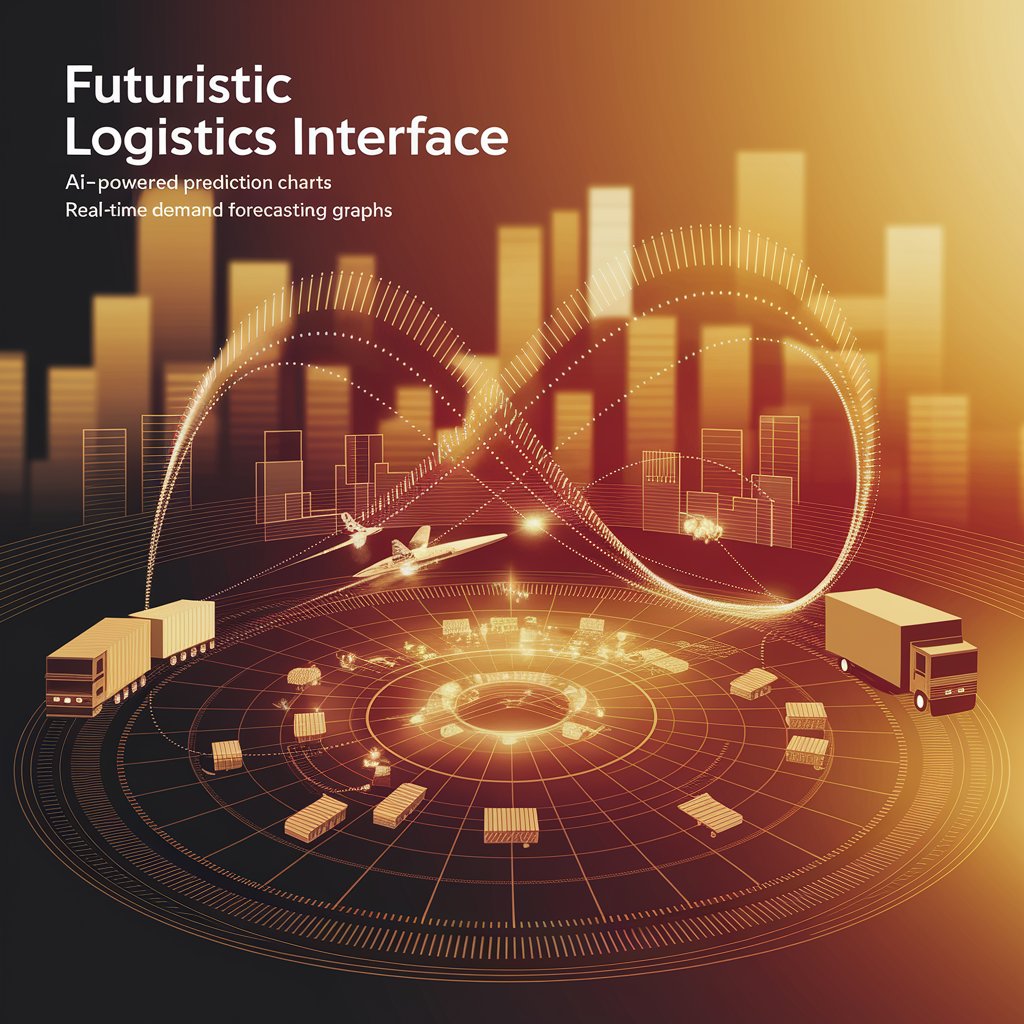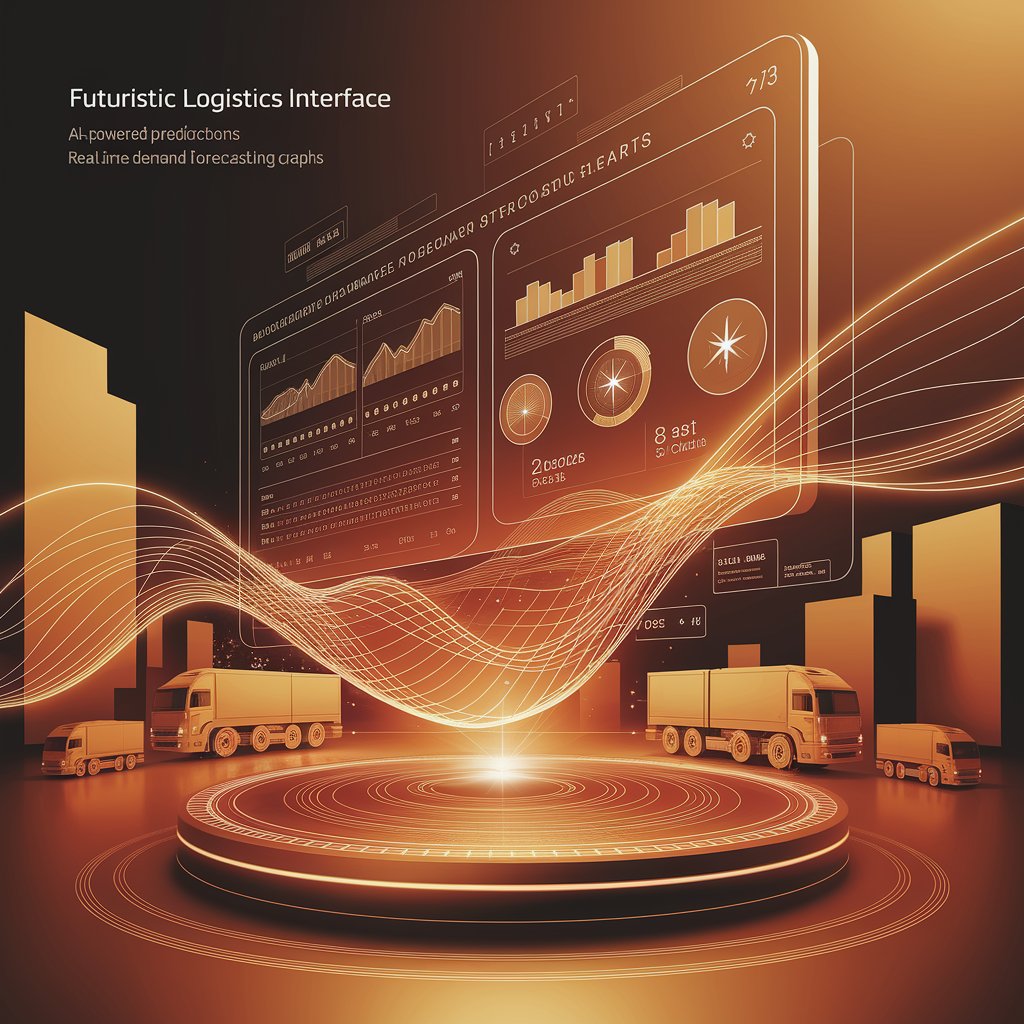Logistics Digital Forecasting: Predicting the Future of Supply Chains

Introduction
That’s why businesses are adopting logistics digital forecasting. By combining AI, machine learning, and real-time data, companies can anticipate demand shifts, optimize capacity, and build more resilient logistics strategies.
What Is Logistics Digital Forecasting?
Logistics digital forecasting is the process of predicting future logistics trends and demand patterns using advanced digital technologies. Unlike traditional methods, it integrates multiple data sources—ERP, TMS, WMS, IoT sensors, and external feeds like fuel prices, weather, and market trends—into predictive models powered by AI.
The result: more accurate, dynamic, and actionable forecasts that keep supply chains ahead of uncertainty.

Key Features of Logistics Digital Forecasting
- AI-Driven Predictive Models – Improve accuracy with machine learning algorithms.
- Real-Time Adjustments – Update forecasts instantly as market conditions change.
- Multi-Source Data Integration – Combine internal systems with external data feeds.
- Scenario Simulation – Test “what-if” situations such as demand surges or port delays.
- Cloud-Based Dashboards – Provide visibility to all stakeholders anytime, anywhere.
- Self-Learning Systems – Continuously refine forecasts based on new data.
Benefits of Logistics Digital Forecasting
- Higher Accuracy – Reduce stockouts and overstock situations.
- Cost Reduction – Optimize fleet use, labor, and storage allocation.
- Resilience – Anticipate disruptions before they impact shipments.
- Customer Satisfaction – Improve delivery reliability with better planning.
- Agility – Adapt faster to sudden changes in demand or supply.
- Sustainability – Lower waste and emissions with optimized forecasting.

Real-World Applications
- Freight Forwarders – Forecast shipment volumes to secure carrier capacity.
- Carriers – Align fleet scheduling with predicted transport demand.
- E-commerce Logistics – Plan ahead for sales peaks like Black Friday or holidays.
- Cold Chain Providers – Predict demand for temperature-sensitive goods.
- Global Shippers – Manage inventory and routing with greater precision.
Challenges in Logistics Digital Forecasting
- Data Fragmentation – Disconnected ERP, TMS, and WMS systems reduce accuracy.
- High Implementation Costs – Advanced forecasting tools require upfront investment.
- Cybersecurity Risks – Sensitive logistics data must be protected.
- Change Resistance – Teams may hesitate to trust AI-driven forecasts.
- Dependence on Data Quality – Poor data inputs weaken predictive models.

Best Practices for Success
- Start with Critical Operations – Apply forecasting where costs are highest.
- Unify Data Sources – Integrate ERP, WMS, TMS, and external feeds.
- Leverage AI & Machine Learning – Continuously refine prediction accuracy.
- Train Teams & Stakeholders – Encourage adoption through clear ROI benefits.
- Balance Automation with Oversight – Use human expertise alongside AI.
- Monitor Performance – Track savings, efficiency, and customer satisfaction.
The Future of Logistics Digital Forecasting 🚀
- Digital Twin Supply Chains – Simulate logistics networks for predictive planning.
- Blockchain Integration – Secure and transparent forecasting data exchange.
- Edge AI Forecasting – Real-time predictions at ports, hubs, and warehouses.
- Autonomous Forecasting Engines – Self-adjusting AI systems with minimal human input.
- Green Forecasting Models – AI optimizing forecasts for cost and sustainability goals.
Conclusion
Logistics digital forecasting is revolutionizing how companies plan and execute global supply chain strategies. By combining AI with real-time data, businesses can anticipate demand shifts, reduce costs, and improve efficiency.
For freight forwarders, carriers, and shippers, adopting logistics digital forecasting isn’t just about better predictions—it’s about building supply chains that are agile, resilient, and future-ready.
